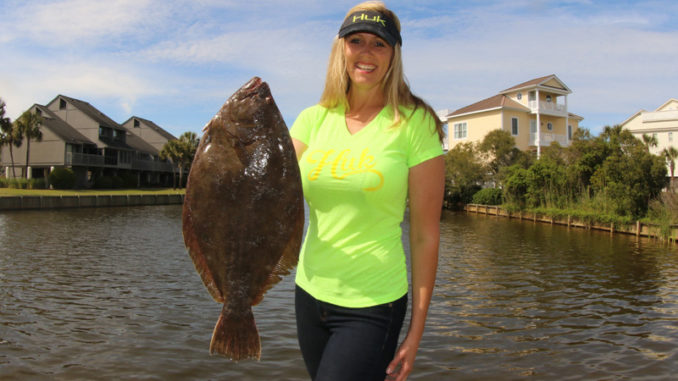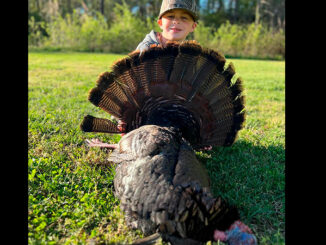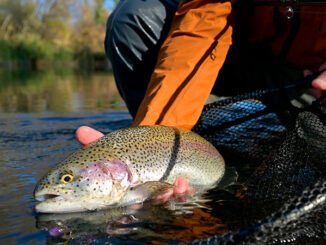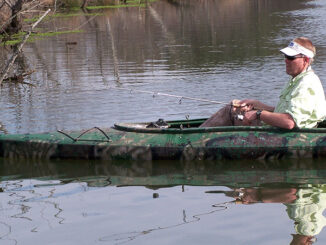
It’s great for fishing on limited time during family vacations
Family vacations are focused more on days at the beach, building sandcastles, watching sunsets with family members, and showing kids the finer points of body surfing. But that doesn’t mean you can’t squeeze in some productive flounder fishing.
And hooking a flounder doesn’t have to be an all day trip, so make sure you pack a rod, a few lures, and don’t worry about missing out on the family beach photo session. You don’t even have to leave earshot of the family while catching a vacation flatfish.
At most hotels, resorts, and vacation homes along the Carolina coastlines, drainage ponds were dug back when the buildings were going up. Later, they became attractive focal points for visitors, and without question, many of these ponds have plenty of fish, including flounder.
Some of these ponds connect to the ocean or saltwater creeks with visible culverts, which bring a rush of incoming and outgoing tides each day. In other ponds, their connection to saltwater is less apparent. But that doesn’t mean they don’t hold flounder.
You can troll for flounder, even without a boat
One of the best methods for catching flounder in these ponds is by trolling, and you don’t need a boat to do it. Making a cast with a live minnow, a bucktail or a soft plastic lure, then walking slowly along the bank and dragging the lure is just as effective as trolling from a boat.
It’s best if you just make a moderate cast, close the bail, then start slowly walking. You don’t want to let out too much line, because that makes for a tougher hook set. Pausing along your walk is fine too, so you don’t have to ignore the neighbors who want to chat for a minute or two.
Of course, casting out and slowly reeling your lure in is also a good option. But the trolling method allows you to cover more water more quickly. And it allows you to guide your lure into every fishy-looking area along the way.
And while you’ll undoubtedly see plenty of anglers casting toward the middle of these ponds, you’ll almost always find more success if you stick closer to the banks. That’s where baitfish hide under surface vegetation, under submerged rocks in shallow water, and in the crevices of wooden or concrete walls. And where you find baitfish, you’ll find flounder.
Don’t set the hook right away
As always when flounder fishing, once you feel a bite, don’t set the hook right away, especially when using live bait. It takes flounder a little while longer to eat than most other fish. Many accomplished flounder anglers suggest lowering your rod tip and counting to 10 once you feel the first bite. Others say that’s a little too long. But it’s a good reference number.
You can also get the rest of the family involved without taking away from vacation time. You can all try your hand at it while grilling out, while waiting on other family members to get ready for the beach or pool, or in the cool of the evening once back from a busy beach day or your favorite restaurant.




